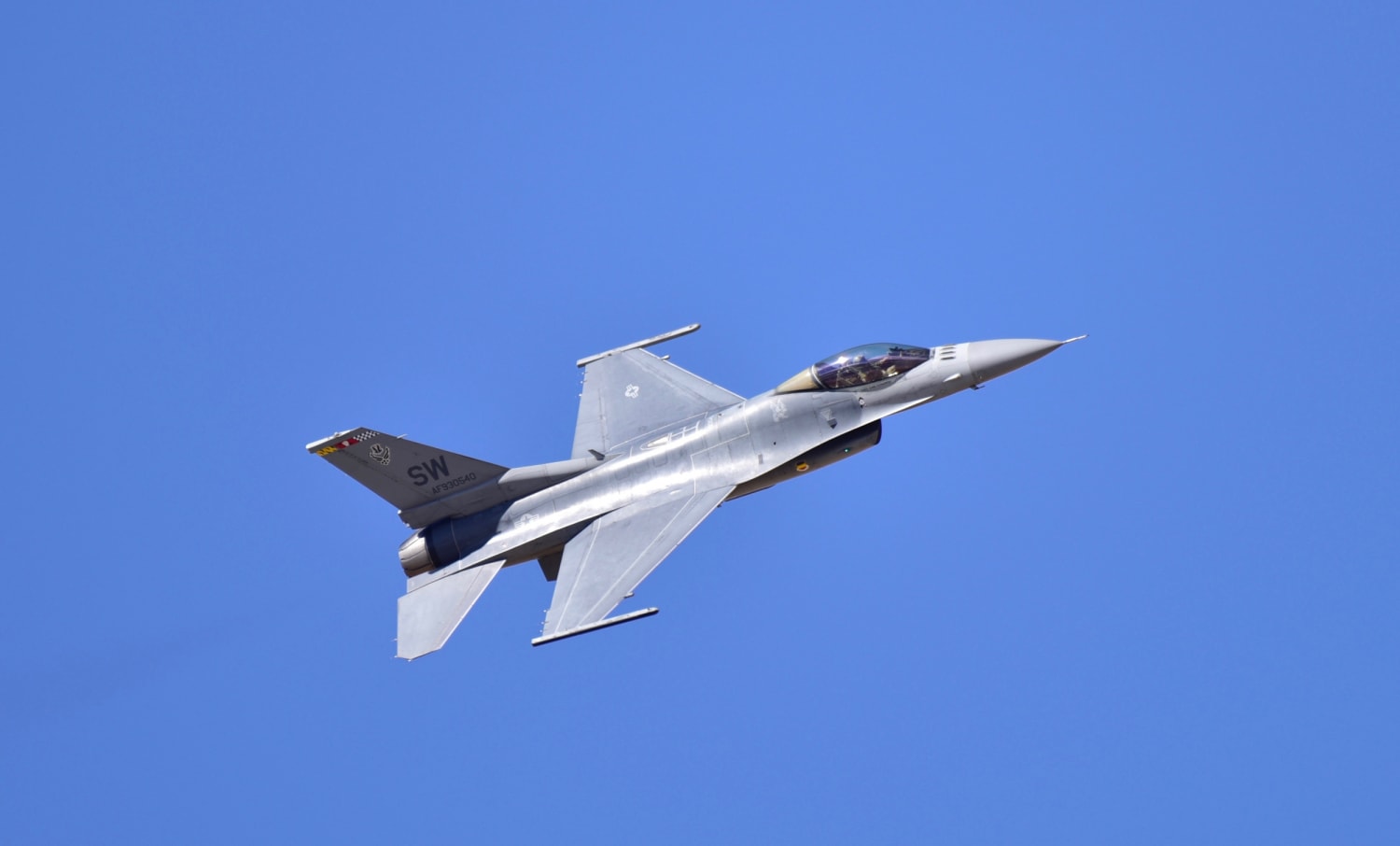F33 Fighter Jet - The Lockheed T-33 Shooting Star (or T-Bird) is an American subsonic jet trainer. It was produced by Lockheed and made its first flight in 1948. The T-33 began as the TP-80C/TF-80C in development from the Lockheed P-80/F-80, which was designated the T-33A. This is the U.S. Used by Navy first as TO-2, th TV-2 and after 1962 as T-33B The last operator of the T-33, the Bolivian Air Force, retired the type in July 2017 after 44 years of service.
The T-33 was developed from the Lockheed P-80/F-80 by shortening the fuselage to just 3 feet (1 m) and adding a second seat, instruments and flight controls. It was initially designated as a variant of the P-80/F-80, TP-80C/TF-80C.
F33 Fighter Jet
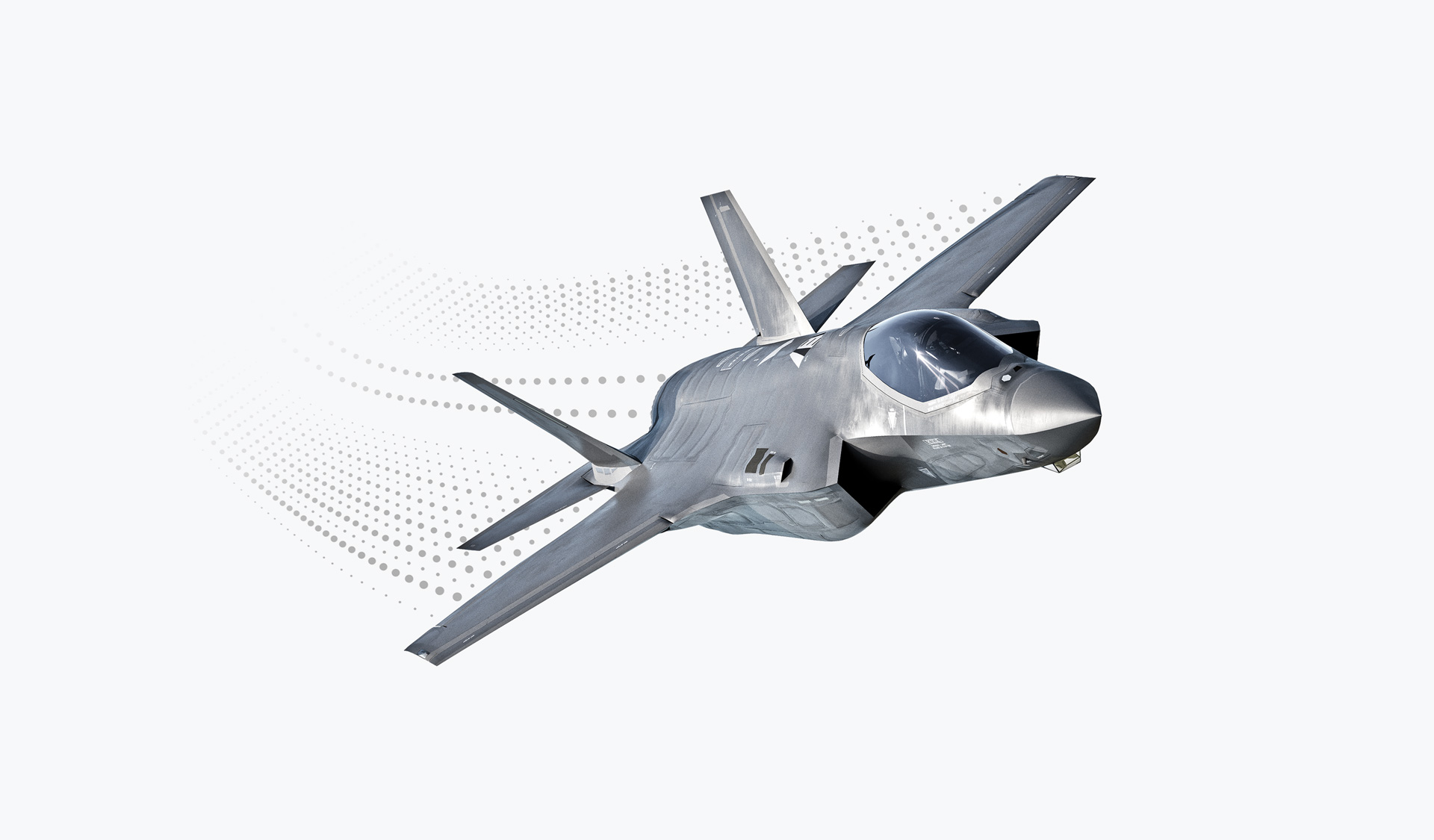
Design work on the Lockheed P-80 began in 1943, with the first flight on January 8, 1944. After the Bell P-59, the P-80 became the first jet fighter to complete a squadron's full service in the United States Army Air Corps. the force As more advanced jets entered service, the F-80 took on another role - training jet pilots. The two-seat T-33 jet was originally designed to train pilots to fly propeller-driven aircraft.
Russia's S 500 Defense System Is Ready To Launch. The Ultimate F 35 Killer?
Originally designated the TF-80C, the T-33 made its first flight on 22 March 1948 with Lockheed test pilot Tony Levier at the controls. Production at Lockheed continued from 1948 to 1959 The US Navy used the T-33 as a ground-based trainer beginning in 1949. It was designated the TV-2, but was redesignated as the T-33B in 1962 The Navy operated some ex-USF P-80Cs as TO-1s, changing to TV-1s about a year later. A carrier-capable version of the P-80/T-33 family was later developed by Lockheed, leading to the T2V-1/T-1A SeaStar from the 1950s to the 1970s. Two TF-80C prototypes were converted as prototypes for a two-seat all-weather fighter, which became the F-94 Starfire. A total of 6,557 T-33s were produced: 5,691 of them by Lockheed, 210 by Kawasaki and 656 by Canadian.
The two-seat T-33 proved suitable as an advanced trainer and was used for tasks such as drone guidance and target towing. The US Air Force phased the T-33 out of front-line pilot training duties at the Air Training Command in the early 1960s, as the Cessna T-37 Tweet and Northrop T-38 Talon aircraft began to replace it for undergraduate pilots. Training (UPT) The T-33 was used at Patterson Field (now Patterson Air Force Base in Colorado Springs) to train cadets from the Air Force Academy. In 1975, the T-37 replaced the T-33 for academy training The final T-33 used in advanced training was replaced on February 8, 1967 at Craig AFB, Alabama.
The US Navy also underwent a similar replacement with the TV-1 (also built the T-33 in 1962), as advanced aircraft such as the North American T-2 Buckeye and Douglas TA-4 Skyhawk II entered the line. USF and USN versions entered service with the USF and USN in the 1970s and 1980s as utility aircraft and capability trainers, and some from former USN aircraft were extended to full-sky routes for air-to-air missiles. Tests by Navy aircraft and surface-to-air missile tests by Navy ships A number of T-33s were assigned to USF McDonnell F-101 Voodoo, Conveyor F-102 Delta Dagger, and Conveyor F-106 Delta Dart units to include similarly equipped Air National Guard units, Aerospace Defense Command, as trainers. Practice Others later went to Tactical Air Command, and the TAC Air National Guard F-106 and McDonnell-Douglas F-4 Phantom IIs served in similar roles until they were retired, the latter being retired as the NT-33. In April 1997.
Some T-33s carried two machine guns for gunnery training, and in some countries T-33s were used in combat: the Cuban Air Force used them during the Pig raids and sank two transport ships, causing many casualties; . The RT-33A version, a reconnaissance aircraft produced primarily for foreign use, had a camera mounted in the nose and additional instrumentation in the rear cockpit. The T-33 continued to fly into the 1980s as a currency trainer, drone tow, distress and tactical simulation training, "hack" aircraft, electronic countermeasures, and as a combat training and testing platform.
The Hidden Troubles Of The F 35
A United States Air Force Lockheed RT-33 reconnaissance aircraft shot down by an Albanian MiG-15 in December 1957 is displayed at Gijirokaster, Albania.
The T-33 has served with more than 30 nations and continues to serve as a trainer for smaller air forces. The Canadian RCAF built 656 T-33s under license for service as the CT-133 Silver Star in the Canadian Forces, while Kawasaki produced 210 in Japan. Other operators included Brazil, Turkey and Thailand, which used the T-33 extensively.
In the 1980s, attempts were made to convert and modernize the T-33 as the Boeing Skyhawk, but the project was canceled due to a lack of orders. About 70% of the T-33's airframe was retained on the Scaffold, but it was powered by two Garrett Air Research TFE731-3A turbofan engines.
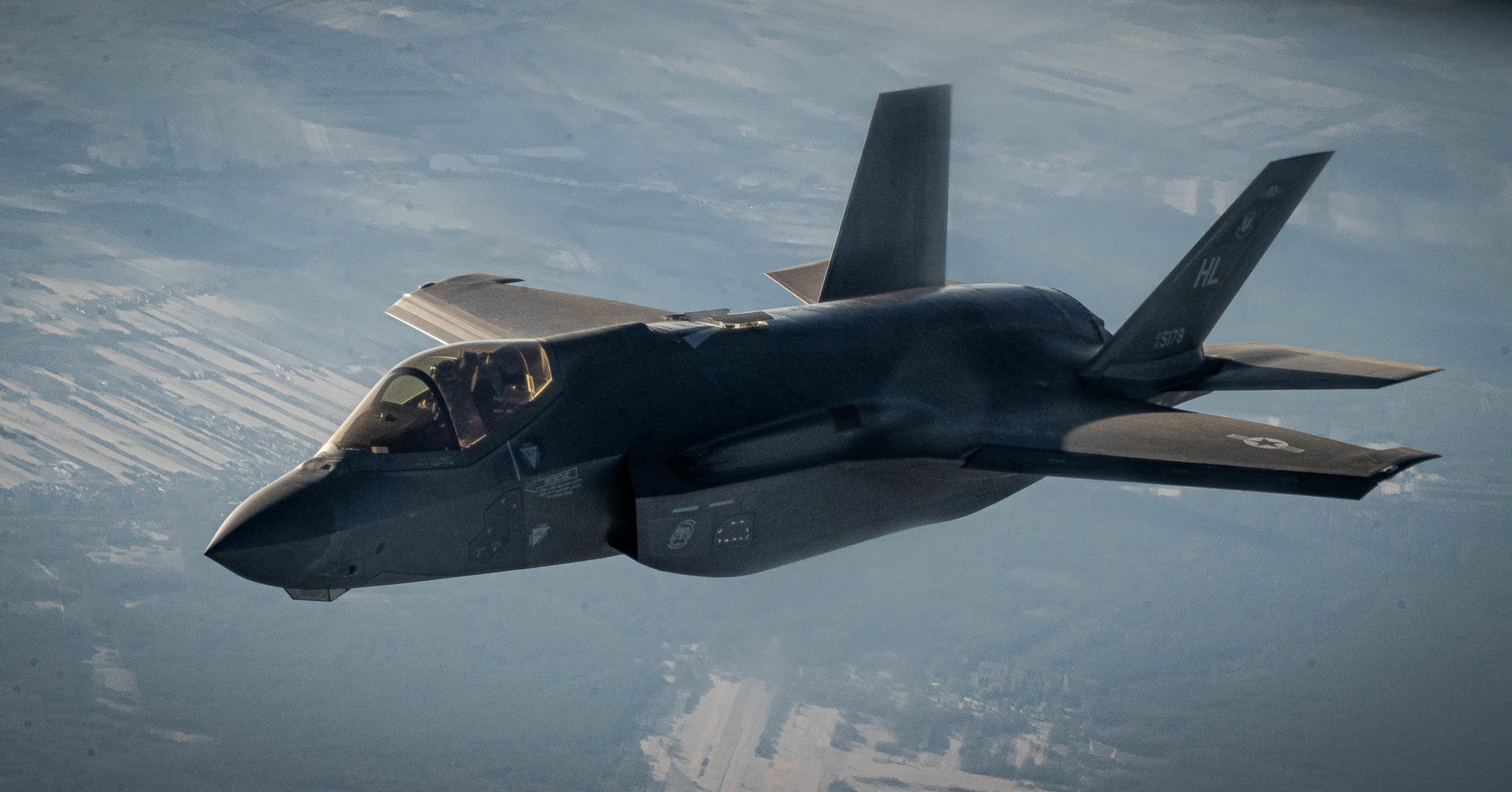
In the late 1990s, 18 T-33 Mk-IIIs and T-33 SF-SCs were transferred from the Bolivian Air Force to Canada at the Kelowna Fleet to be modernized. New avionics were installed, and the fuselage and wings underwent extensive and regal inspections. Most of the aircraft returned in early 2001 and remained in service until the type was officially retired on 31 July 2017.
Bmw Passenger N/s Left Brake Air Duct 1 Series E82 E88 8046327
On 21 June 1996, 1 T-33A-5-LO (Trainer TR-602) of the Hellenic Air Force, piloted by Squadron Leader Ioannis Koratzoglou, successfully intercepted a Turkish F-16C in a high-altitude maneuver and violated the Athos FIR. g.
A limited number of T-33s are privately owned, with two being used as fighter jets by Boeing In 2010, a Boeing-owned T-33 was used as a chase aircraft during a Boeing 787's maiden flight.
On 16 March 2018, the Boeing 737 MAX-7 maiden flight included a T-33 fighter jet.
On January 25, 2020, a Boeing 777-9 maiden flight also spotted a T-33 chase plane, met the 777-9 at KPAE from KBFI, stopped at KMWH and took off again to chase the 777-9. Returned to KBFI, flew around Mount Rainier before landing
Wltoys Xk A100 2.4g 340mm 3ch Rc Airplane Fixed Wing Plane Aircraft Outdoor Toys
Original US military designation for the Lockheed Model 580 two-seat trainer for the US Army Air Force. Designation changed to TF-80C on 11 June 1948 and T-33A on 5 May 1949 after establishing the United States Air Force as a separate military service in 1947; 20 made
Two-seat jet trainer for the United States Air Force and 5,871 delivered to foreign air forces under the Military Assistance Program, with 699 sent to the United States Navy as TV-2s.
The export version of the T-33A is equipped with underwing pylons and hardpoints for bombs and rockets as a close support type. Cannon AFB, NM also used in the original lead-in combat program circa 1972-1975.
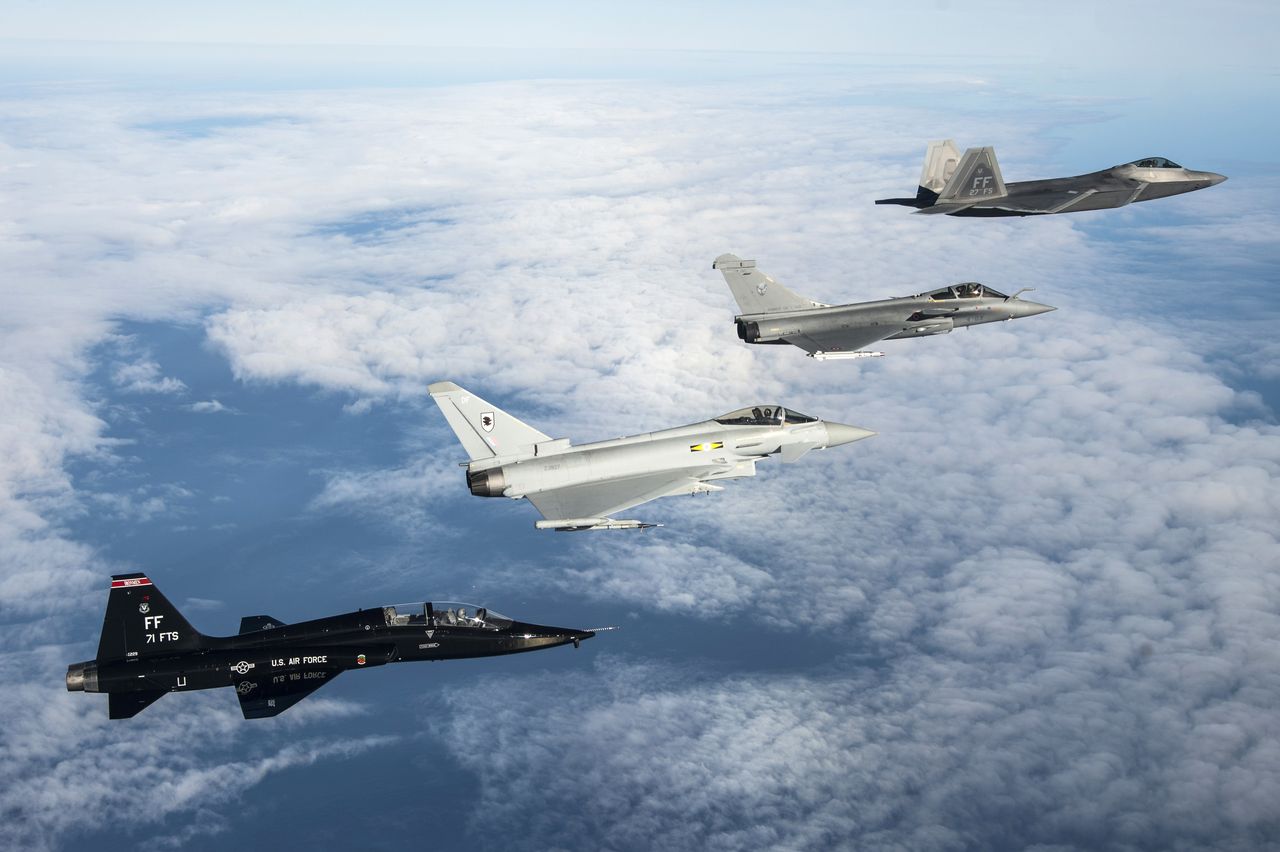
This designation was given to several T-33As that were converted into aerial target drones for the United States Navy.
Shop F35 Jet Online
T-33A modified before delivery as single seat reconnaissance type 85 manufactured, mainly for export under the military assistance program
US Navy designation of P-80C, transferred to USN in 1949 as jet trainer (not technically T-33 Shooting Star)
649 US Navy designation for T-33A discontinued from USAF production Two-seat ground jet trainer aircraft for the United States Navy The first 28 were delivered as TO-2s which had previously been renamed TV-2s by the Navy The US Navy and US Marine Corps aircraft were redesignated the T-33B on 18 September 1962.
The T-33AN is a Rolls-Royce NE-powered variant of the T-33A for the Royal Canadian Air Force; 656 built by Canadian with company name CL-30 The Canadian military designation was later changed from the T-33AN to the CT-133
Skunk F 33 Lancer Jet Fighter
An extensive upgrade and re-engine project, powered by a 2 Garrett TFE-731 turbofan. The only prototype without an engine remains parked at Rogue Valley International (MFR) in Medford, Oregon.
1st Lt. Elmer C. Bybee (of Wald CO) and 2nd Lt. US Airman Conrad J. Zubalik (of Graceburg PA) flies a T-33 on a training short from Perrin Air Force Base (Sherman TX). The plane crashed near Grape Lake Dam, north of Dallas-Fort Worth Airport. Two instructor pilots died in the accident.
Imperial Japanese Air Force Flying Ace Major Teruhuko Kobayashi was flying a T-33 on a training sortie from Hamamatsu when a technical problem occurred shortly after takeoff. He ordered his companion on the jet to jettison. After his partner did, he tried to control the plane and land it in a populated area, but it crashed shortly after.
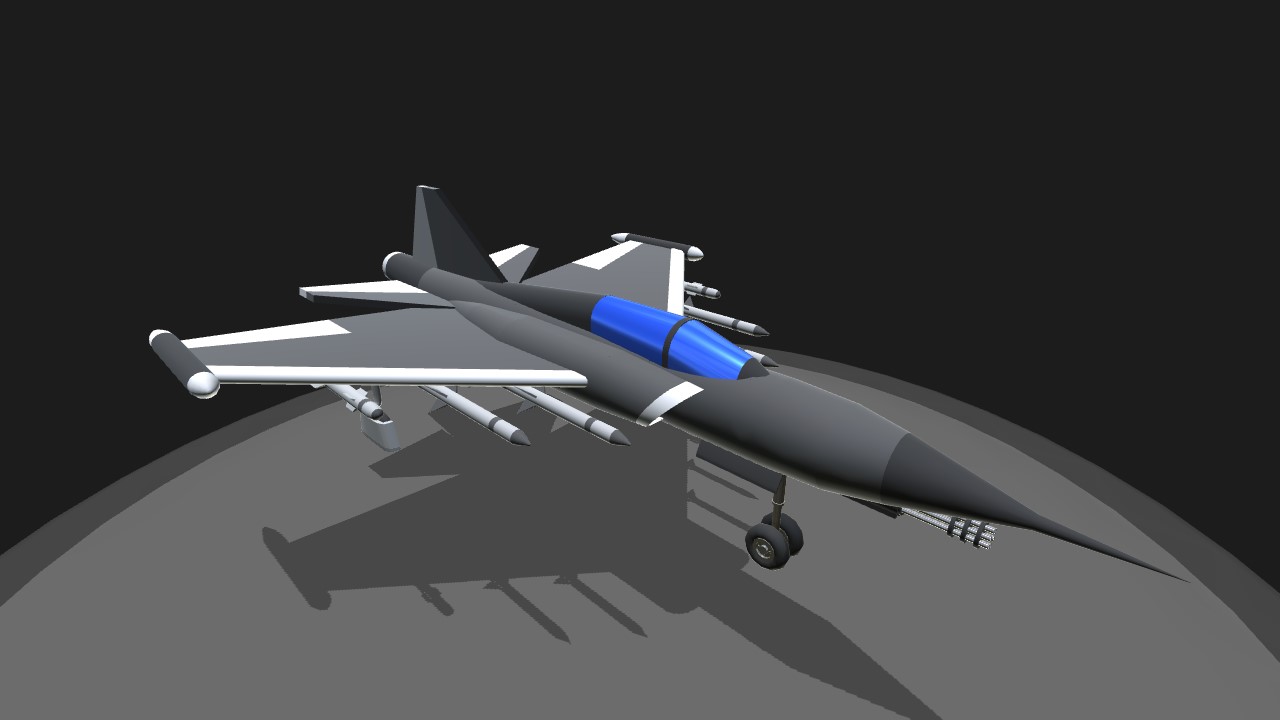
Major Howard J. He was forced to land at Rinas Airport by 2 Albanian MiG-15s flown by Anastas Nagella and Mahmut Hysa. Later Major Howard J.
The Squadron Offers Execs Chance To Try F 35 Flight Simulator
Lt. Jacob E. Munch, a member of the Doolittle Raiders, died during World War II
Second degree assault washington state, 2nd degree assault sentence, 2nd degree aggravated assault, 2nd degree assault mn, 2nd degree assault, 2nd degree assault definition, 3rd degree assault washington state, 4th degree assault washington state, 2nd degree felony assault, 4th degree assault washington, what is assault 2nd degree, 2nd degree assault charges
